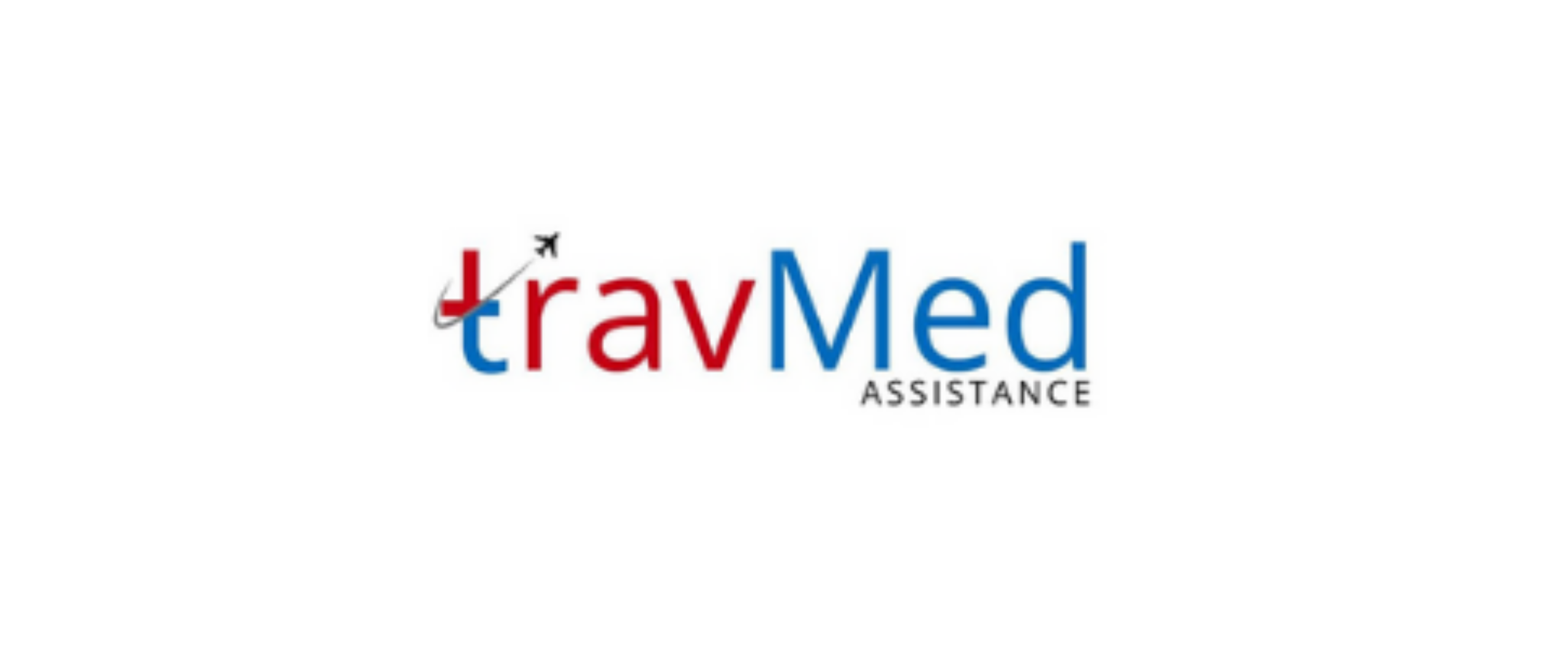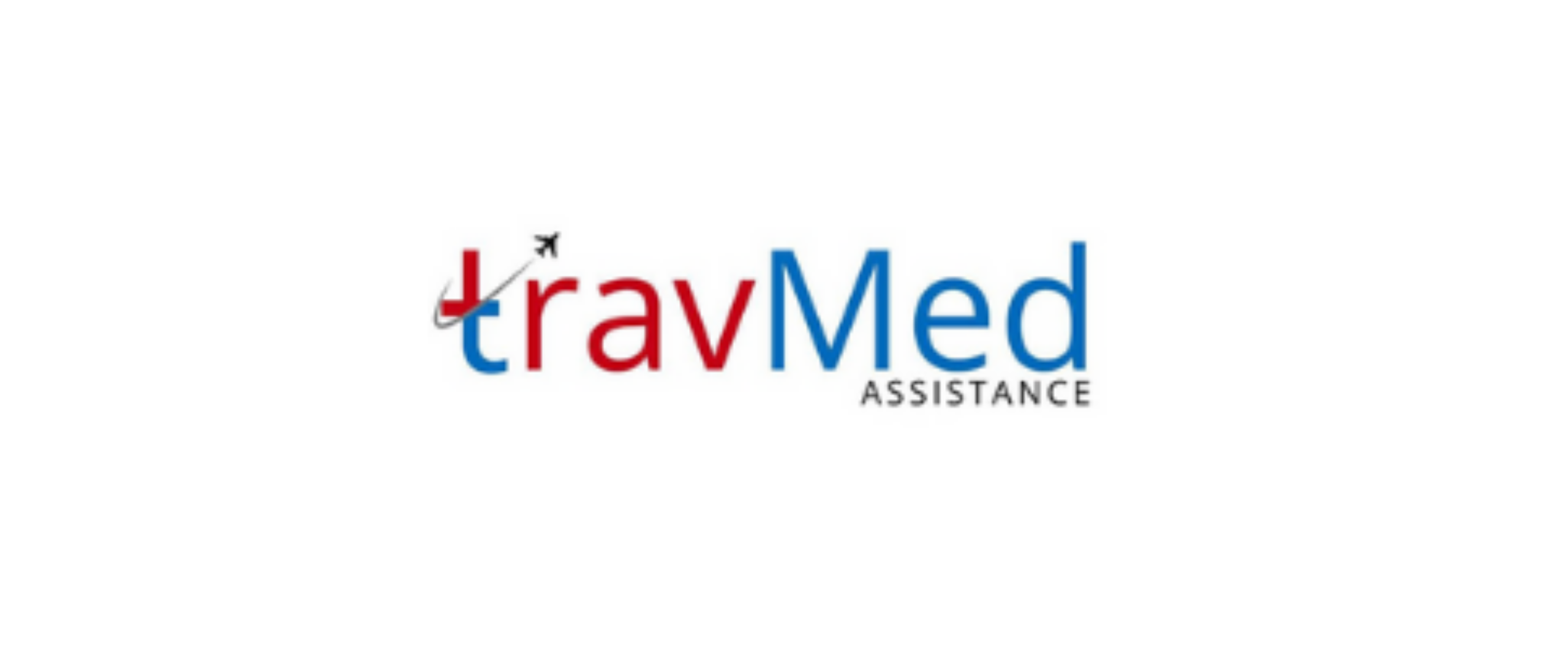
Medical assistance across Nepal encompasses a range of healthcare services and support provided to individuals in need of medical care throughout the country. This includes emergency medical services, primary healthcare, specialized treatments, medical evacuations, and healthcare coordination. In Nepal, medical assistance aims to ensure that people in both urban and rural areas have access to essential healthcare services. The system involves a network of healthcare providers, hospitals, clinics, and ambulance services working together to deliver timely and appropriate medical care. Medical assistance in Nepal also often includes support for patients navigating the healthcare system, arranging appointments, and coordinating between different healthcare facilities when necessary.
Who provides medical assistance services?
Medical assistance services in Nepal are provided by a diverse group of organizations and institutions. The government of Nepal, through its Ministry of Health and Population, plays a central role in providing public healthcare services and medical assistance. Public hospitals, health posts, and primary healthcare centers are key providers of medical assistance across the country. Additionally, private hospitals, clinics, and healthcare facilities offer medical assistance services, particularly in urban areas. Non-governmental organizations (NGOs) and international aid agencies also contribute significantly to medical assistance efforts, especially in remote and underserved regions. Specialized medical assistance companies and travel insurance providers offer services tailored for tourists and expatriates. Ambulance services, both public and private, form an essential component of the medical assistance network in Nepal.
How does medical assistance work in Nepal?
Medical assistance in Nepal operates through a multi-tiered system designed to provide healthcare services at various levels. At the primary level, health posts and primary healthcare centers offer basic medical assistance and preventive care. For more complex cases, patients are referred to district or zonal hospitals that provide a wider range of services. Tertiary care hospitals in major cities like Kathmandu offer specialized treatments and advanced medical assistance. In emergency situations, patients can call ambulance services or local emergency numbers for immediate assistance. Medical assistance also involves coordination between different healthcare providers to ensure continuity of care. For remote areas, telemedicine services and mobile health camps are increasingly being used to extend medical assistance. Insurance companies and specialized medical assistance providers often work in conjunction with local healthcare facilities to ensure comprehensive care for their clients.
What documents are required for medical assistance?
The documents required for medical assistance in Nepal can vary depending on the type of service and the provider. However, some common documents include:
- Valid identification (citizenship card, passport, or driver’s license)
- Health insurance card (if applicable)
- Previous medical records or prescriptions
- Referral letter from a primary care physician (for specialized treatments)
- Consent forms for medical procedures
- Travel insurance documents (for foreign visitors)
- Emergency contact information
- Proof of address or temporary stay permit (for non-residents)
- Birth certificate (for pediatric care)
- Marriage certificate (may be required for certain procedures)
- Blood group card (if available)
It’s advisable to carry these documents when seeking medical assistance in Nepal to ensure smooth and efficient service.
How much does medical assistance cost?
The cost of medical assistance in Nepal varies widely depending on the type of service, the healthcare provider, and the location. Public healthcare facilities generally offer services at lower costs compared to private hospitals. Basic consultations at public health posts may be free or have nominal charges, while specialized treatments at private hospitals can be significantly more expensive. Emergency medical services, including ambulance transportation, typically incur separate charges. For foreign visitors, costs can be higher, especially at facilities catering to international patients. Health insurance can help offset these costs, but coverage varies. Some indicative costs (as of 2023) include:
- Basic consultation at a public hospital: NPR 50-200
- Consultation at a private hospital: NPR 500-2000
- Ambulance service (within city): NPR 1000-3000
- Basic blood tests: NPR 500-2000
- X-ray: NPR 500-1500
- One-day hospital stay (general ward): NPR 1000-5000
These costs are approximate and can vary significantly based on specific circumstances and treatments required.
Are services available in all regions of Nepal?
Medical assistance services are available across Nepal, but the level and quality of services can vary significantly between regions. Urban areas, particularly Kathmandu Valley and other major cities, have a higher concentration of healthcare facilities and more advanced medical services. These areas offer a wide range of medical assistance, including specialized treatments and emergency services. In contrast, rural and remote areas often have limited healthcare infrastructure, with basic health posts and primary healthcare centers providing essential services. The government of Nepal has been working to improve healthcare access in rural areas through initiatives like the establishment of district hospitals and mobile health camps. However, challenges remain in providing comprehensive medical assistance in all regions due to geographical barriers, limited resources, and a shortage of healthcare professionals in remote areas. For complex medical conditions, patients from rural areas often need to travel to urban centers for advanced care.
Can foreign patients access medical assistance?
Foreign patients can access medical assistance in Nepal, with services available for both tourists and expatriates. Many hospitals and clinics in major cities like Kathmandu, Pokhara, and Chitwan are equipped to handle international patients and offer services in English. Some facilities even have dedicated international patient departments. Foreign patients can access a range of services, from basic consultations to specialized treatments. However, for complex medical conditions, some foreign patients may be advised to seek treatment in countries with more advanced healthcare systems. Travel insurance that covers medical assistance is highly recommended for foreign visitors. It’s important to note that while private hospitals often provide high-quality care, they can be expensive for foreign patients. Public hospitals are more affordable but may have longer wait times and fewer amenities. In emergency situations, foreign patients can access immediate care at any hospital, but it’s advisable to contact their embassy or consulate for additional support and guidance.
How reliable are service providers in Nepal?
The reliability of medical assistance service providers in Nepal varies depending on the type of facility and its location. Major hospitals in urban areas, particularly those accredited by international organizations, generally provide reliable and high-quality medical assistance. These facilities often have well-trained staff, modern equipment, and adhere to international healthcare standards. However, the reliability of services can be more variable in rural and remote areas due to limited resources and infrastructure. Public healthcare facilities, while more affordable, may face challenges such as overcrowding and longer wait times, which can affect service reliability. Private hospitals and clinics in cities typically offer more consistent and reliable services but at higher costs. Emergency medical services, including ambulances, have improved in recent years, especially in urban areas, but response times can still be unpredictable in remote locations. It’s advisable for patients, especially those with chronic conditions or specific healthcare needs, to research and choose healthcare providers carefully, considering factors such as accreditation, patient reviews, and recommendations from local healthcare professionals or embassies.
Are emergency services available nationwide?
Emergency medical services are available nationwide in Nepal, but the level of service and response times can vary significantly across different regions. In major cities like Kathmandu, Pokhara, and Biratnagar, emergency services are more developed, with dedicated ambulance services and emergency departments in hospitals. The government has established a national emergency number (102) for ambulance services, which is operational across the country. However, in rural and remote areas, emergency services may be limited, with longer response times and fewer resources. Many district hospitals and some primary healthcare centers have basic emergency facilities, but complex cases often require transfer to larger urban hospitals. Non-governmental organizations and community-based initiatives play a crucial role in providing emergency services in underserved areas. In mountainous regions, air ambulance services are sometimes used for critical cases, though availability can be weather-dependent. While efforts are ongoing to improve emergency services nationwide, challenges remain in ensuring quick and efficient emergency response across all parts of Nepal, particularly in remote and difficult-to-access areas.
How long does it take to access medical assistance?
The time it takes to access medical assistance in Nepal can vary widely depending on the location, type of service required, and the urgency of the medical condition. In urban areas, particularly for non-emergency situations:
- Walk-in clinics: 30 minutes to 2 hours wait time
- General practitioner appointments: Same day to 1-2 days
- Specialist appointments: 1-7 days, depending on specialty
- Emergency room: Immediate to 1-2 hours, based on triage
- Ambulance response in cities: 15-30 minutes
In rural areas, access times can be significantly longer:
- Basic health posts: Same day, but may have limited hours
- District hospitals: Same day to 1-2 days for general services
- Specialist services: May require travel to urban centers, taking several days
- Emergency services: Response times can vary greatly, from 1-3 hours or more
For complex medical conditions requiring specialized care, the process of diagnosis, referral, and treatment can take several days to weeks. It’s important to note that these times are approximate and can vary based on individual circumstances, hospital capacity, and the nature of the medical condition.
How do I contact medical assistance services?
Contacting medical assistance services in Nepal can be done through various channels, depending on the nature of the assistance required and your location. Here are the primary ways to contact medical assistance services:
- Emergency services: Dial 102 for ambulance services nationwide
- Police emergency: Dial 100 (can assist in medical emergencies)
- Fire emergency: Dial 101 (also responds to some medical emergencies)
- Major hospitals: Most have dedicated emergency numbers listed on their websites
- Private ambulance services: Available in major cities, with numbers listed online
- Travel insurance providers: Use the emergency contact number provided on your policy
- Embassy or consulate: For foreign nationals requiring assistance
- Telemedicine services: Many hospitals now offer phone or video consultations
- Local health posts: Contact information available through local government offices
- NGOs and aid organizations: Often have helplines for medical assistance in specific regions
For non-emergency situations, it’s advisable to contact hospitals or clinics directly to schedule appointments or seek information. Many healthcare providers now offer online booking systems and information hotlines for easier access to medical assistance services.


